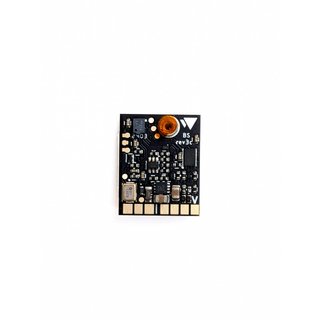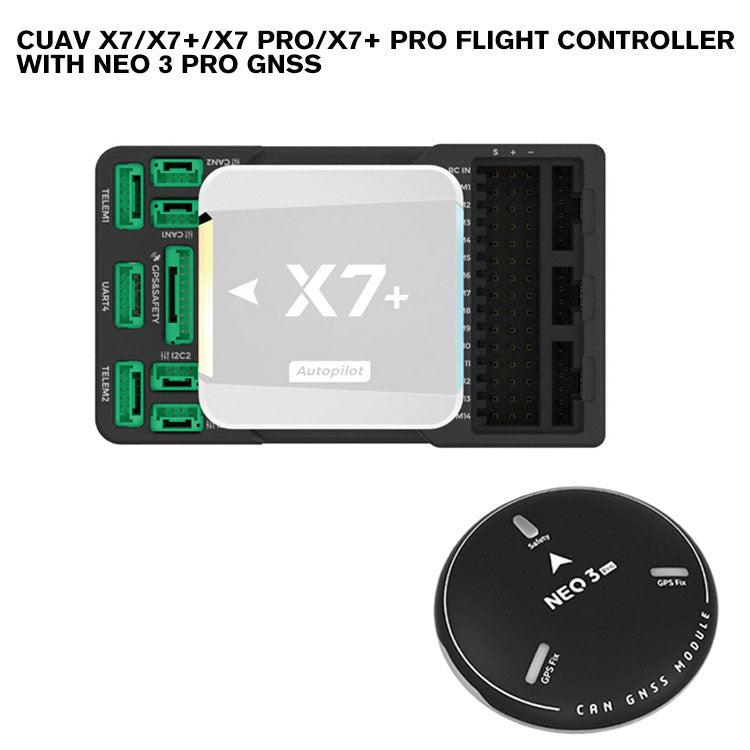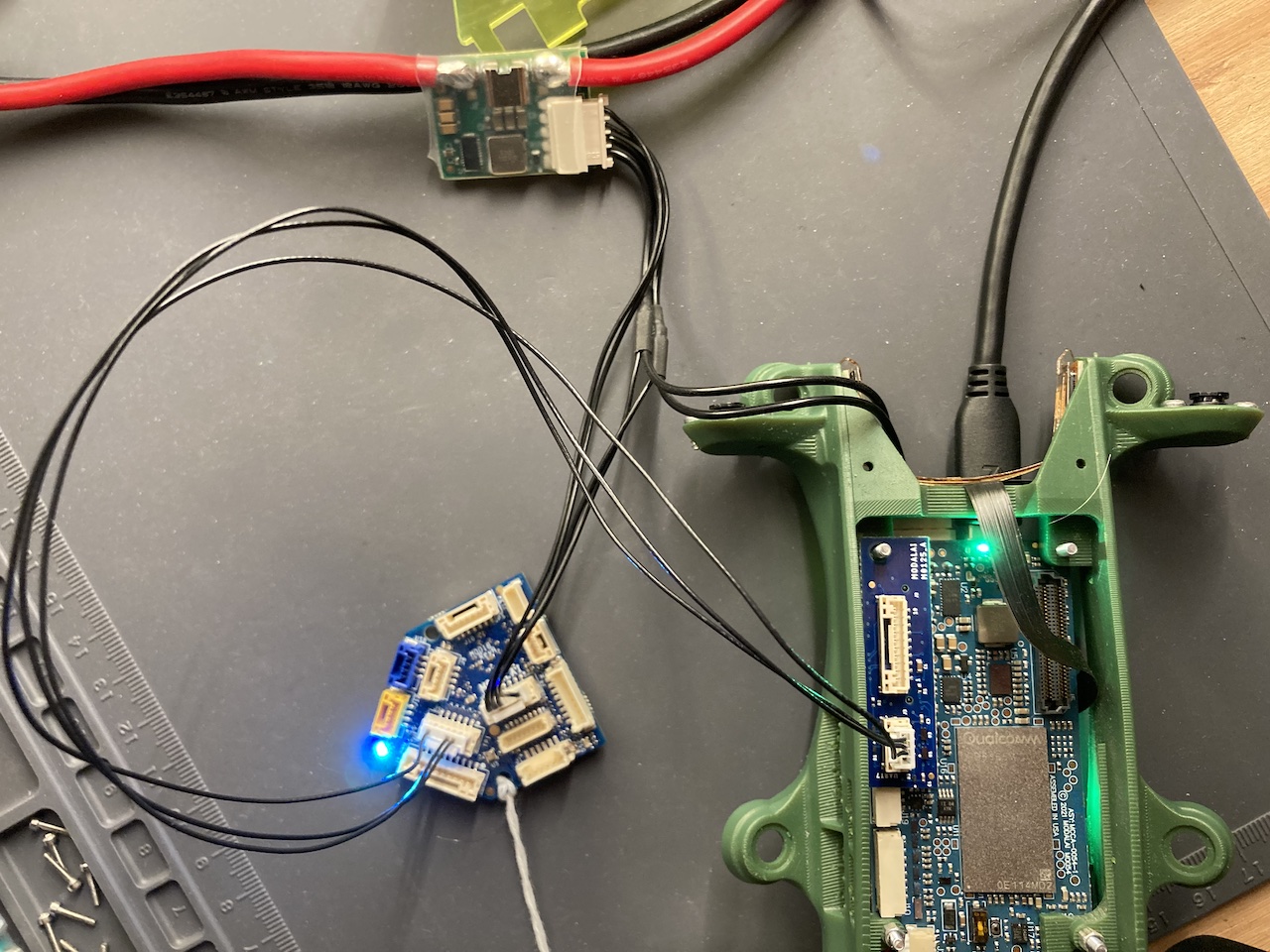Discovering the Function of Drone Trip Controllers in Enhancing Flight Stability and Navigation Efficiency
The innovation of drone modern technology has actually significantly increased the value of flight controllers, which serve as the brain of these aerial lorries. By integrating real-time information from a variety of sensing units, flight controllers improve trip security and navigation effectiveness, ensuring that drones can operate efficiently also in complex environments.

Understanding Flight Controllers
Trip controllers are integral parts in the functioning of drones, acting as the minds that handle and stabilize flight procedures. These innovative gadgets process data from different sensors, including accelerometers, gyroscopes, and GPS, to guarantee that the drone preserves its intended flight course. The trip controller interprets this information and implements commands based on pre-defined formulas, enabling the drone to reply to ecological adjustments, such as wind or challenges.
The key feature of a trip controller is to maintain security throughout trip. It achieves this by making real-time adjustments to the drone's motors and control surface areas, guaranteeing balance and control. Furthermore, modern flight controllers integrate innovative attributes such as waypoint navigation, permitting automated trip courses and enhanced functional performance.
Comprehending the architecture of flight controllers is crucial for both enthusiasts and specialists. They usually are composed of a microcontroller, firmware, and different user interfaces for sensor input and communication. As innovation advances, trip controllers have become much more portable and qualified, incorporating expert system to enhance decision-making procedures and adapt to intricate trip scenarios. This evolution represents an essential development in the drone market, leading the way for extra sophisticated applications and safer procedures.
Trick Elements of Trip Stability
Attaining ideal trip security in drones relies on a number of crucial parts that operate in show to guarantee controlled and smooth operations. Central to this security is the flight controller itself, which processes information from various sensing units to keep the desired flight perspective. This consists of accelerometers and gyroscopes that determine activity and orientation, enabling real-time changes to the drone's position.
Another crucial component is the digital rate controllers (ESCs), which manage the power provided to the electric motors. By carefully adjusting motor rates in action to flight controller commands, ESCs assist maintain equilibrium and combat disruptions brought on by wind or sudden motions.
Furthermore, the layout of the drone's structure plays a pivotal role in flight security. A well-structured framework decreases resonances and enhances the overall aerodynamic profile, contributing to smoother flight characteristics. Ultimately, the assimilation of innovative algorithms within the trip controller aids in anticipating modifications, ensuring a adaptable and receptive trip experience.
With each other, these components form a natural system that improves a drone's stability, permitting precise handling and boosted efficiency in numerous trip problems.
Navigating Performance Techniques
Effectiveness in navigation is vital for maximizing drone operations, especially in intricate settings. Effective navigating techniques improve the capacity of drones to traverse difficult terrains and stay clear of barriers, therefore enhancing operational performance and safety and security.
One prominent technique is the implementation of advanced GPS and inertial measurement devices (IMUs) that provide exact place tracking and alignment information. These modern technologies enable drones to compute ideal flight paths in real-time, thinking about different elements such as wind conditions and prospective barriers.
An additional strategy entails the usage of algorithms for course preparation and optimization. Formulas such as A * and Dijkstra's algorithm can be deployed to establish the most efficient course while decreasing energy intake and flight time. Moreover, incorporating artificial intelligence models can allow drones to adaptively gain from their environments, improving navigation capabilities via experience.

Influence On Autonomous Drones
The combination of advanced navigation techniques has exceptionally transformed the abilities of autonomous drones, allowing them to operate with higher freedom and precision. SparkNavi drone flight controller and GNSS/INS made in taiwan. These improvements are mainly credited to sophisticated flight controllers that make use of real-time data processing and sensing unit fusion, enabling drones to browse complex atmospheres perfectly
The effect on self-governing drones prolongs past mere navigation; it includes boosted barrier evasion, boosted security throughout vibrant problems, and increased objective reliability. By leveraging algorithms that integrate maker knowing and artificial intelligence, drones can adapt to transforming conditions, making notified choices that optimize their flight paths while lessening threats.
Additionally, the execution of robust flight controllers has facilitated the execution Go Here of complicated tasks, such as aerial assessments, delivery solutions, and farming monitoring, with minimal human treatment. This capability not just enhances operations but also decreases human mistake, consequently enhancing general security.
Because of this, the functional scope of self-governing drones has actually expanded significantly, making them crucial devices in various markets. Their ability to execute effectively in diverse situations underscores the essential duty that advanced flight controllers play in forming the future of unmanned airborne systems.
Future Patterns in Flight Control
Regularly, developments in trip control technology are positioned to redefine the landscape of drone operations in the coming years. Emerging trends show a significant shift towards improved artificial intelligence (AI) assimilation, making it possible for flight controllers to refine real-time data a lot more efficiently. This evolution will certainly facilitate improved decision-making capabilities, permitting drones to adapt to vibrant ecological conditions autonomously.
In addition, the implementation of artificial intelligence algorithms is anticipated to improve predictive maintenance, consequently minimizing downtime and prolonging the lifecycle of drone parts. This proactive approach to upkeep will certainly be critical as drone applications increase across different industries, from agriculture to logistics.

.jpg)
Lastly, improvements in protected communication procedures will certainly resolve security and regulatory concerns, making certain that drones can run flawlessly in congested airspaces (SparkNavi drone flight controller and GNSS/INS made in taiwan). Jointly, these fads direct towards a future where trip control systems are not just smarter and extra additionally qualified yet efficient of running securely in an increasingly integrated airspace
Verdict
To conclude, drone flight controllers are integral to boosting trip security and navigation performance via the sophisticated processing of sensor data. By maintaining optimum flight attitudes and employing advanced algorithms for course optimization and barrier evasion, these controllers substantially contribute to the freedom and functional security of drones. As technology remains to develop, additionally improvements in trip control systems are expected, promising improved efficiency and increased capacities in the click to investigate realm of unmanned airborne lorries.
By integrating real-time data from a selection of sensing units, trip controllers enhance trip security and navigation effectiveness, ensuring that drones can operate efficiently also in complex environments.Flight controllers are important elements in the functioning of drones, serving as the minds that support and take care of flight operations. Furthermore, modern flight controllers integrate innovative attributes such as waypoint navigation, enabling for automated trip courses and improved functional performance.
Central to this stability is the flight controller itself, which refines data from numerous sensing units to preserve the desired flight perspective.In conclusion, drone flight controllers are integral to improving trip stability and navigation performance via the sophisticated handling of sensor data.